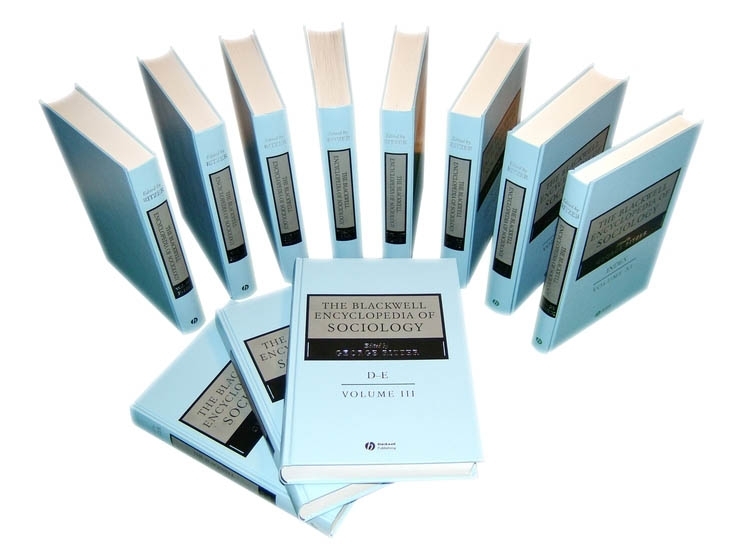Collective Efficacy and Crime
Abstract
Collective efficacy is a major contemporary concept explaining the influence of neighborhood dynamics on the rate of various crimes within and between neighborhoods or among other socially cohesive units. The collective efficacy concept ascended from earlier theorizing regarding the way in which a neighborhood's static dynamics (e.g., concentrated disadvantage or social organization) can give rise to delinquency and crime. The newest theory of collective efficacy now combines the dynamic processes of social control and social cohesion to explain why more residents in some areas mobilize to intervene in crime. Since its rise to importance in the late 1990s, numerous studies have found a robust relationship between a neighborhood's degree of collective efficacy and crime, as well as the role of collective efficacy in the enhancement of other social groups, such as sport teams. Formal intervention programs have also indelibly relied on these processes to produce positive outcomes.



